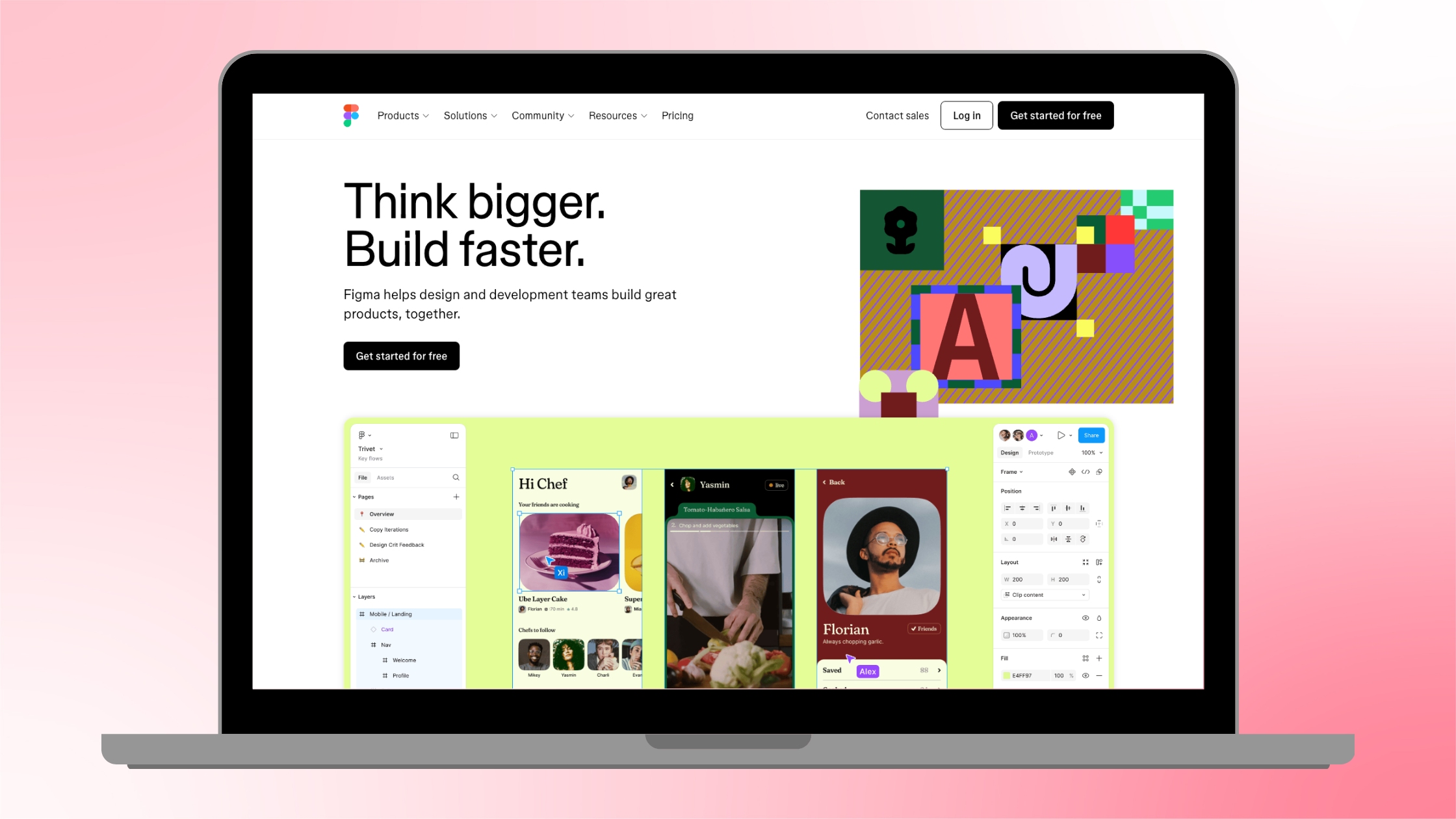In the fast-paced world of digital marketing, where visuals and user experience can make or break a campaign, having the right tools at your disposal is crucial. Enter Figma, a cloud-based design tool that has quickly become a favorite among designers, marketers, and product teams alike. But what exactly makes Figma so special, and how can it help digital marketing professionals create compelling, effective campaigns? Let’s dive into a detailed review of Figma to explore its features, benefits, and how it can elevate your digital marketing efforts.
What is Figma?
Figma is a collaborative design platform that allows users to create, prototype, and share designs all in one place. Unlike traditional design software, which often requires installation and individual licenses, Figma operates entirely in the cloud. This means that anyone with a web browser and an internet connection can access and work on their designs from anywhere, making it incredibly flexible and accessible.
Key Features of Figma
1. Real-Time Collaboration
What It Is: Figma’s standout feature is its real-time collaboration capability. Multiple team members can work on the same design file simultaneously, seeing each other’s changes in real time.
Why It Matters: For digital marketing professionals, this feature is a game-changer. It allows marketing teams, designers, and stakeholders to collaborate seamlessly, providing instant feedback and reducing the time spent on back-and-forth communication. Whether you’re working with a remote team or just need to keep everyone on the same page, Figma makes collaboration effortless.
2. Design Prototyping
What It Is: Figma allows users to create interactive prototypes directly within the design file. These prototypes can mimic the functionality of the final product, complete with clickable buttons, transitions, and animations.
Why It Matters: For marketers, being able to prototype designs before they go live is invaluable. You can create interactive mockups of landing pages, ad banners, or email templates and share them with clients or team members for approval. This helps ensure that the final product meets expectations and functions as intended before it goes into development.
3. Cross-Platform Accessibility
What It Is: Since Figma is web-based, it works on any operating system, including Windows, macOS, and Linux. It also has mobile apps for iOS and Android, allowing for on-the-go access.
Why It Matters: Marketers often need to review and approve designs quickly, sometimes while on the move. Figma’s cross-platform accessibility ensures that you can access and edit your designs from any device, at any time. This flexibility can significantly speed up the design approval process.
4. Component Libraries and Design Systems
What It Is: Figma allows you to create and maintain component libraries and design systems that can be reused across different projects. Components like buttons, icons, and forms can be standardized and quickly inserted into new designs.
Why It Matters: Consistency is key in digital marketing. Whether you’re working on multiple campaigns or maintaining a brand’s visual identity across various channels, Figma’s design systems ensure that your designs remain consistent. This not only saves time but also strengthens brand recognition and trust.
5. Integration with Other Tools
What It Is: Figma integrates seamlessly with a variety of other tools commonly used in digital marketing, including Slack, Jira, Trello, and more. It also supports plugins that can extend its functionality.
Why It Matters: Marketing professionals rely on a suite of tools to manage projects, communicate with teams, and track progress. Figma’s integrations help streamline workflows, making it easier to incorporate design into your existing processes. For instance, you can receive notifications in Slack when a design is updated or create Jira tickets directly from Figma.
6. Version History and File Management
What It Is: Figma automatically saves every version of your design, allowing you to revert to previous versions if needed. It also provides robust file organization tools to keep your projects organized.
Why It Matters: In digital marketing, where campaigns often evolve and require multiple iterations, having access to version history is critical. It ensures that you can easily track changes, experiment with different ideas, and restore previous versions without losing any work.
How Figma Can Elevate Your Digital Marketing Efforts
1. Streamlined Campaign Design
Figma’s collaborative features allow marketing teams to work closely with designers from the outset of a campaign. By eliminating the silos between design and marketing, you can create more cohesive, visually appealing campaigns that resonate with your audience.
2. Improved Client Collaboration
Figma’s ability to share designs with clients in real-time means you can gather feedback more quickly and make adjustments on the fly. This not only speeds up the approval process but also ensures that the final product aligns with client expectations.
3. Faster Time-to-Market
With Figma, the entire design and approval process is more efficient. The ability to prototype, test, and iterate quickly means that marketing campaigns can go live faster, giving you a competitive edge in today’s fast-paced market.
4. Enhanced Brand Consistency
By using Figma’s component libraries and design systems, you can ensure that all your marketing materials are on-brand, no matter how many different campaigns or channels you’re managing. This consistency strengthens brand identity and fosters trust with your audience.
5. Data-Driven Design Decisions
Figma’s integration with analytics tools allows you to make data-driven design decisions. By linking design elements to performance metrics, you can optimize your campaigns for better results, whether that means higher conversion rates, increased engagement, or more effective ad placements.
Final Thoughts
Figma is more than just a design tool—it’s a powerful platform that can transform the way digital marketing professionals approach their work. From real-time collaboration and interactive prototyping to cross-platform accessibility and robust file management, Figma offers everything you need to create stunning, effective marketing campaigns. By streamlining workflows, enhancing collaboration, and ensuring brand consistency, Figma can help you elevate your digital marketing efforts and achieve better results. If you’re not already using Figma, it’s time to saddle up and see what this game-changing tool can do for you.




